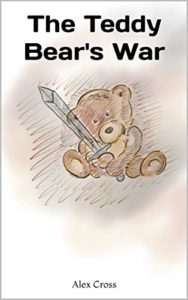 Title: The Teddy Bear’s War
Title: The Teddy Bear’s War
Author: Alex Cross
Publisher: Self-Published
Publication Date: January 17, 2021
Genres: Young Adult, Fantasy, Contemporary
Length: 9 pages
Source: I received a free copy from the author.
Rating: 5 Stars
Blurb:
Every little kid is afraid of the dark in some way. The unknown scares us all to some extent. John is no exception. Is there a monster under the bed? A ghost in the closet? Or something else…something we don’t even have a name for? Luckily for John, he has someone looking out for him. When the thing in John’s closet goes bump in the night, it has to go through a Teddy Bear first.
Review:
Bedtime is anything but restful for this bear.
Teddy Bear was an incredibly brave toy. While John slept, he was responsible for protecting the boy from anything that might cause him harm. The reasons why Teddy Bear had taken on this role and what would happen if he failed were fascinating and well developed. I can’t go into more detail about them than that for spoiler reasons, but I was thrilled with how the author explained it all.
I also adored this story’s explanations for where nightmares come from and why they can be so terrifying, especially for kids. Not only did they make perfect sense for the plot, they made me wish that our world worked this way as well.
While I enjoyed every word of this story, the ending was particularly meaningful. It resolved all of the most important plot points while also leaving plenty of room for a sequel if the author ever decides to write one. I loved getting to know these characters and would be first in line to revisit them if we ever get a chance to see what John and Teddy Bear get up to as John grows older and Teddy Bear grows even wiser than he already is.
I can’t recommend The Teddy Bear’s War highly enough! It made my heart sing.


 This entire post could be summed up into one word: massages.
This entire post could be summed up into one word: massages.
 Mountains are one of my favourite natural settings to find on book covers. They’re so majestic and breathtaking!
Mountains are one of my favourite natural settings to find on book covers. They’re so majestic and breathtaking!


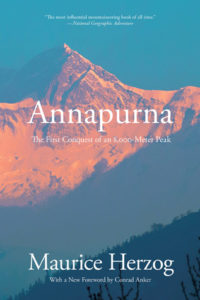

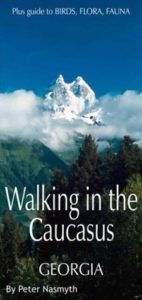
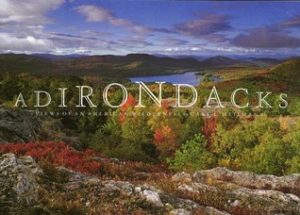
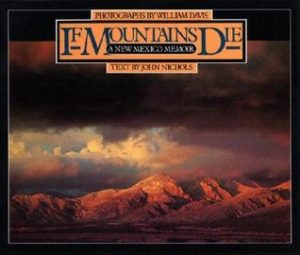
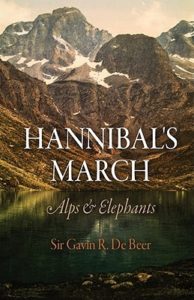



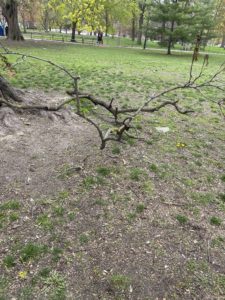
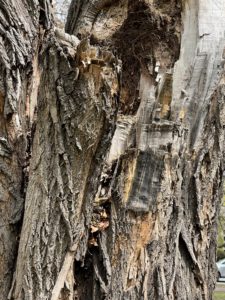
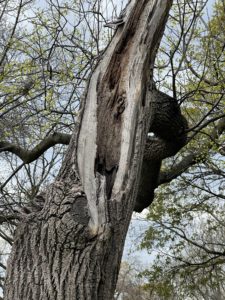
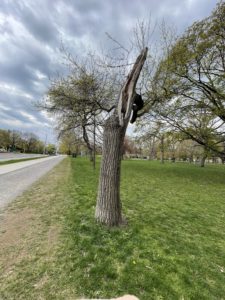

 Title: The Retirement
Title: The Retirement This was one of those topics I could discuss for hours. If any of us ever meet in person, ask me this question if you want to see me poke my head out of my shell! (I’m often a little quiet and shy at first with new people).
This was one of those topics I could discuss for hours. If any of us ever meet in person, ask me this question if you want to see me poke my head out of my shell! (I’m often a little quiet and shy at first with new people). Along with my blogging slowdown as of about a month ago, I’ve also been reading less.
Along with my blogging slowdown as of about a month ago, I’ve also been reading less.

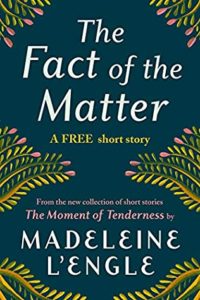
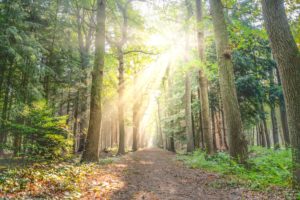
 Swimming in Chlorinated Water. I prefer swimming in places where I know there isn’t anything sharp or slimy at the bottom of a pool. Occasionally, I will swim in a lake, pond, or ocean, but I try to wear protective footwear in those cases.
Swimming in Chlorinated Water. I prefer swimming in places where I know there isn’t anything sharp or slimy at the bottom of a pool. Occasionally, I will swim in a lake, pond, or ocean, but I try to wear protective footwear in those cases. 1.
1.